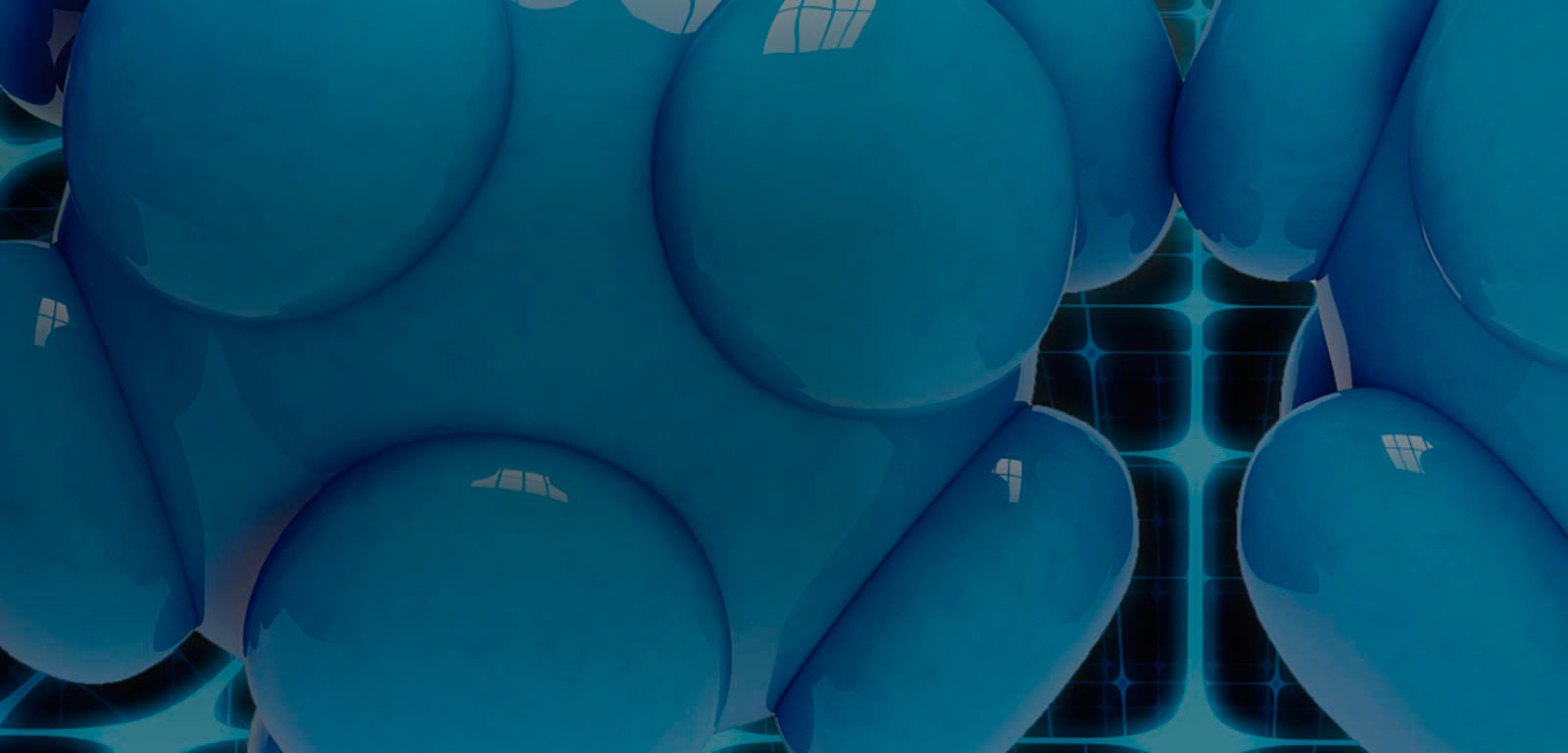Subject
Soft Matter and Nanostructures Materials
General details of the subject
- Mode
- Face-to-face degree course
- Language
- English
Description and contextualization of the subject
This subject provides the students with the basic knowledge about (i) what is soft matter;(ii) what kind of systems and materials belong to this category; (iii) what are the relevant interactions in these systems;(iv) what are the general phenomena taking place in such systems and (v) why molecular self-assembly and the formation of nano-structures are so relevant in this type of systems.Teaching staff
| Name | Institution | Category | Doctor | Teaching profile | Area | |
|---|---|---|---|---|---|---|
| COLMENERO DE LEON, JUAN | University of the Basque Country | Profesorado Emerito Universidad | Doctor | Not bilingual | Condensed Matter Physics | juan.colmenero@ehu.eus |
Competencies
| Name | Weight |
|---|---|
| Que los estudiantes estén familiarizados con los distintos materiales, que forman lo que se ha dedo en llamar la materia blanda, y sus propiedades básicas relacionadas con la nanoescala | 100.0 % |
Study types
| Type | Face-to-face hours | Non face-to-face hours | Total hours |
|---|---|---|---|
| Lecture-based | 18 | 33 | 51 |
| Applied classroom-based groups | 12 | 12 | 24 |
Assessment systems
| Name | Minimum weighting | Maximum weighting |
|---|---|---|
| Questions to discuss | 50.0 % | 50.0 % |
Ordinary call: orientations and renunciation
Final evaluation: 100% theoretical-practical examIn case that a students does not show up at the final exam, he/her will be considered as not presented.
Extraordinary call: orientations and renunciation
Final evaluation: 100% theoretical-practical examIn case that a students does not show up at the final exam, he/her will be considered as not presented.
Temary
1) INTRODUCTION: WHAT'S SOFT MATTER?2) REMEMBERING: INTERMOLECULAR INTERACTIONS
2.1. Hard-sphere interactions
2.2. Covalent and metallic bonds
2.3. Coulombic forces
2.4. van der Waals interactions
2.5. Hydrogen-bond interactions
2.6. Hydrophobic interaction
3) UNIVERSAL CONCEPTS
3.1. Brownian dynamics
3.2. Scaling laws
3.3. Polydispersity
3.4. Viscoelasticity and time scales
4) INTRODUCTION TO SOFT MATTER SYSTEMS
4.1. Polymers
4.2. Colloids
4.3. Amphiphilic molecules
4.4. Liquid crystals
4.5. Biological systems
5) GENERAL PHENOMENA
5.1. Glass Transition and glasses
5.2. Gelation
5.3. Molecular self-assembly
Bibliography
Basic bibliography
SOFT CONDENSED MATTERRICHARD A. L. JONES
OXFORD MASTER SERIES IN CONDENSED MATTER PHYSICS
OXFORD UNIVERSITY PRESS, 2002
INTRODUCTION TO SOFT MATTER. POLYMERS, COLLOIDS, AMPHIPHILES AND LIQUID CRYSTALS
IAN W. HAMLEY
JOHN WILEY & SONS, LTD
CHICHESTER, 2000
FUNDAMENTALS OF SOFT MATTER SCIENCE
LINDA S. HIRST
CRC PRESS
USA, 2013
POLYMER PHYSICS
MICHAEL RUBINSTEIN AND RALPH H. COLBY
OXFORD UNIVERSITY PRESS
INTRODUCTION TO PHYSICAL POLYMER SCIENCE (3RD ED)
L. H. SPERLING
JOHN WILEY & SONS, LTD
NEW YORK, 2001
SOFT MATTER PHYSICS
M. DAOUD
AND C. E. WILLIAMS (EDS)
SPRINGER VERLAG
BERLIN, 1999
FRAGILE OBJECTS. SOFT MATTER, HARD SCIENCE, AND THE THRILL OF DISCOVERY
P. G. DE GENNES AND JACQUES BADOZ
SPRINGER VERLAG
NEW YORK, 1996
GIANT MOLECULES (2ND ED.)
A. YU. GROSBERG AND A. R. KHOKHLOV
ACADEMIC PRESS
SAN DIEGO, 1997
THE THEORY OF POLYMER DYNAMICS
M. DOI AND S. F. EDWARDS
CLARENDON PRESS
OXFORD, 1986
SOFT MATTER
VOLUME 1: POLYMER MELTS AND MIXTURES
G. GOMPPER AND M. SCHICK (EDS.)
WILEY-VCH, WEINHEIM, 2005
SOFT MATTER
VOLUME 2: COMPLEX COLLOIDAL SUSPENSIONS
G. GOMPPER AND M. SCHICK (EDS.)
WILEY-VCH, WEINHEIM, 2005
SOFT MATTER
VOLUME 3: COLLOIDAL ORDER: ENTROPIC AND SURFACE FORCES
G. GOMPPER AND M. SCHICK (EDS.)
WILEY-VCH, WEINHEIM, 2005
MOLECULAR BIOPHYSICS
MICHAEL DAUNE
OXFORD UNIVERSITY PRESS
OXFORD, NEW YORK, 1999


